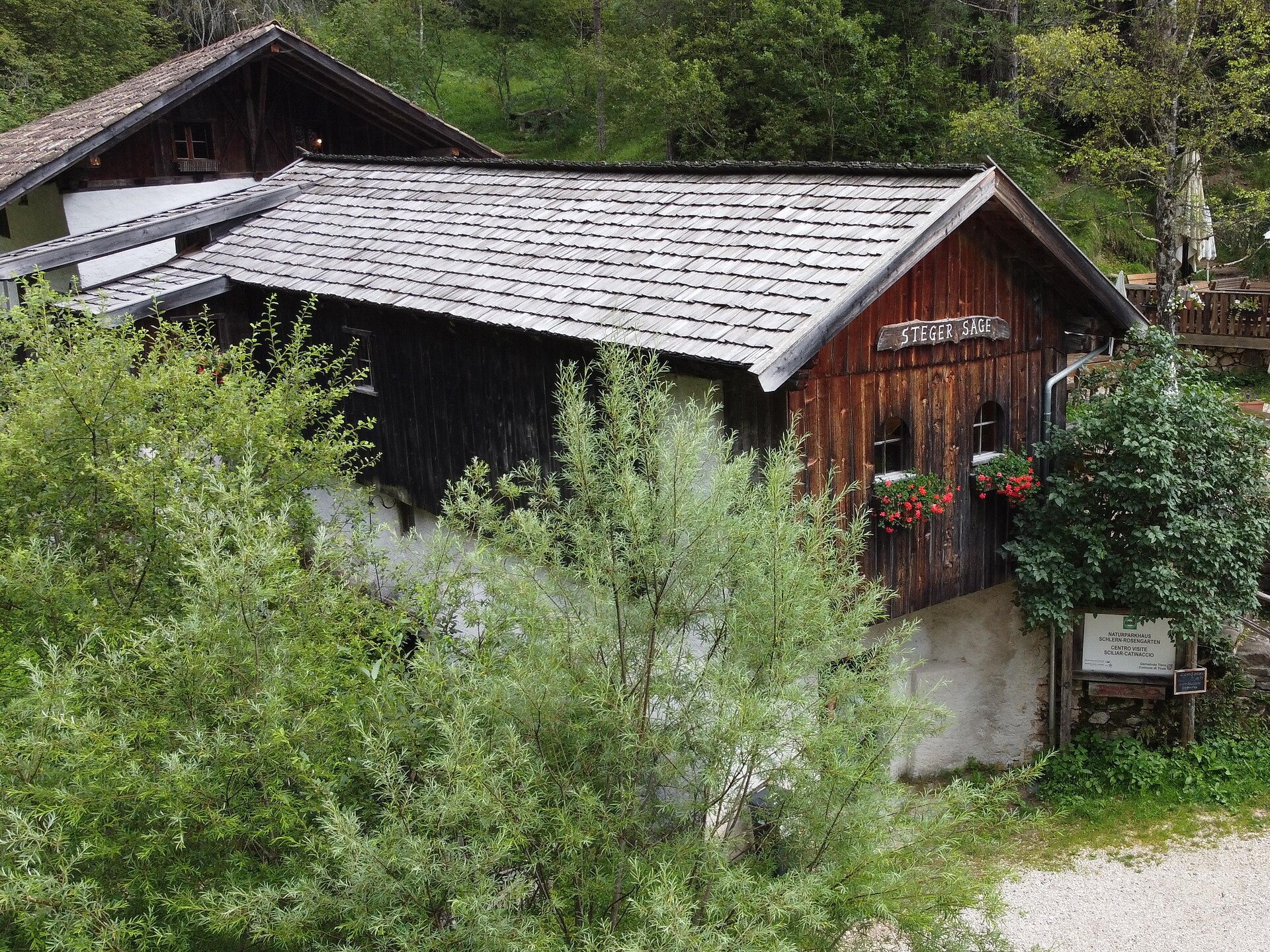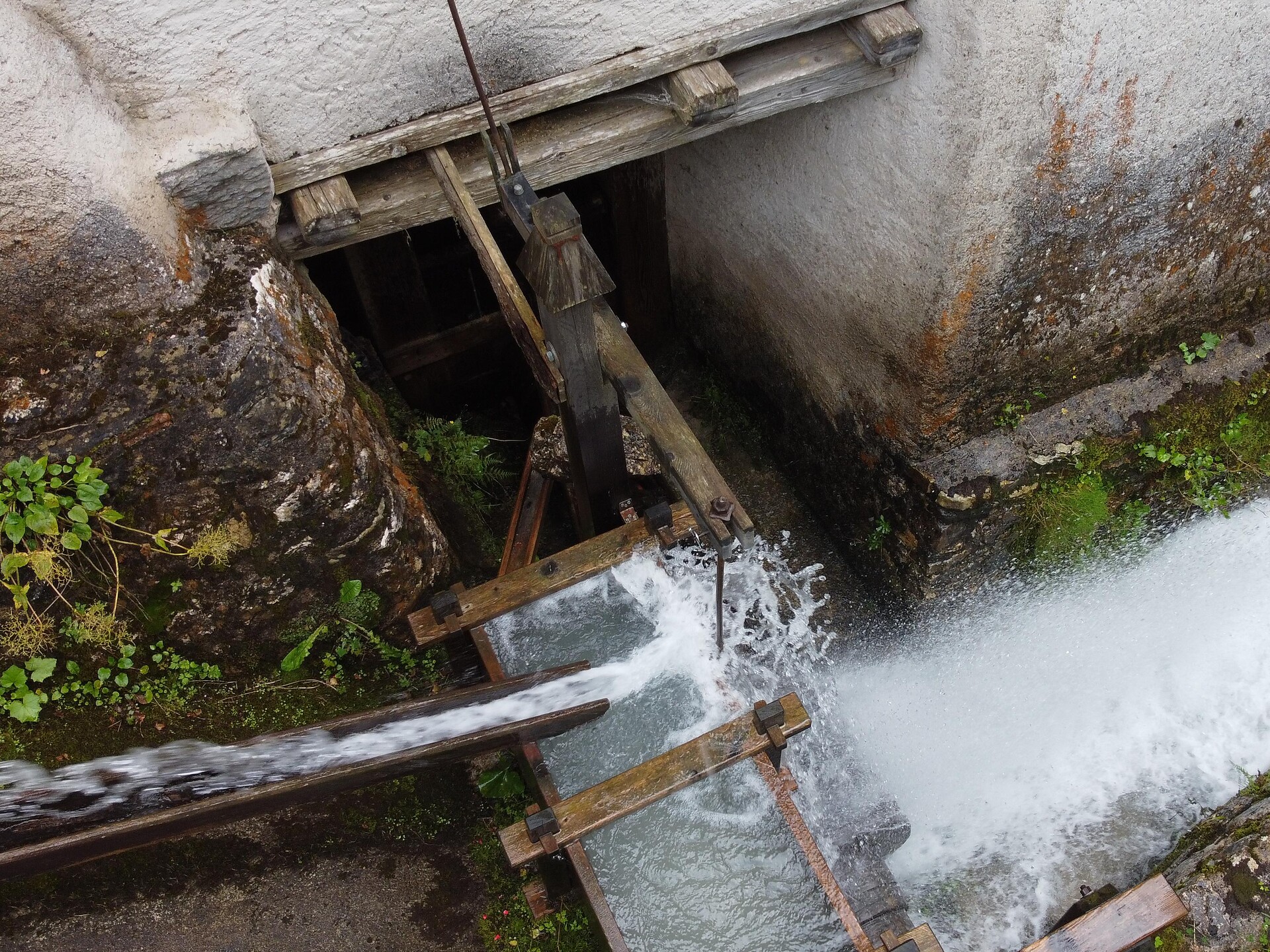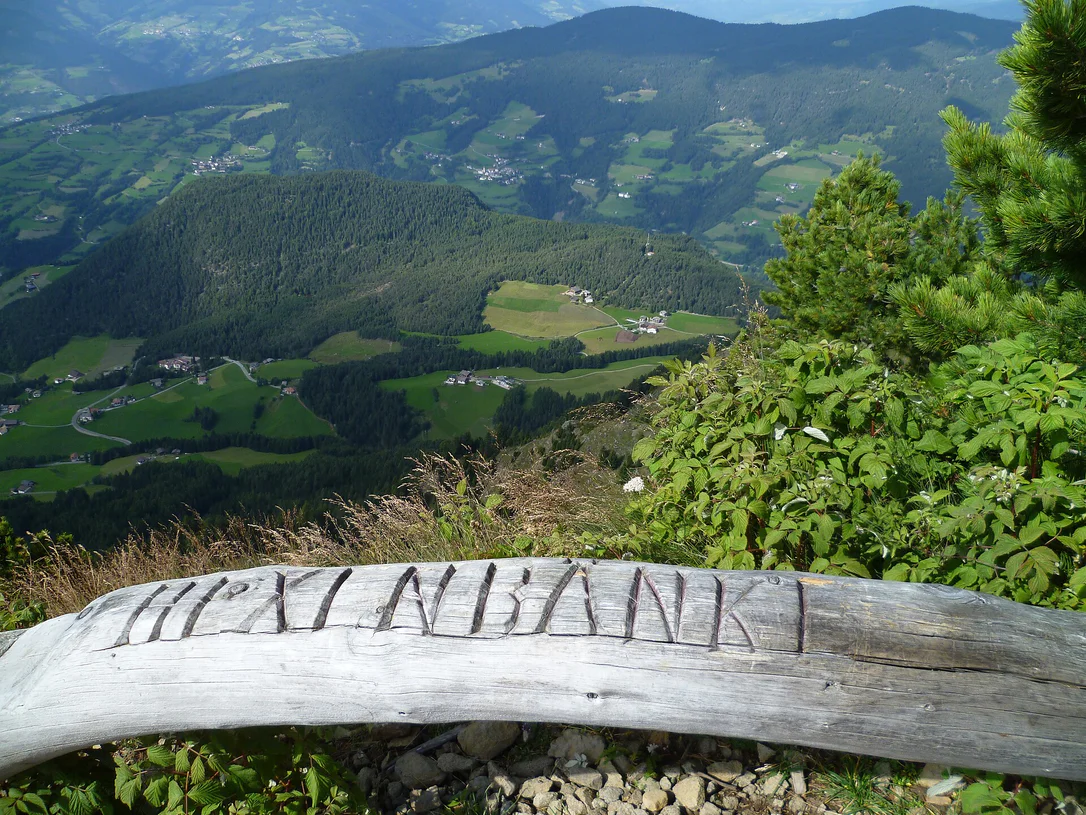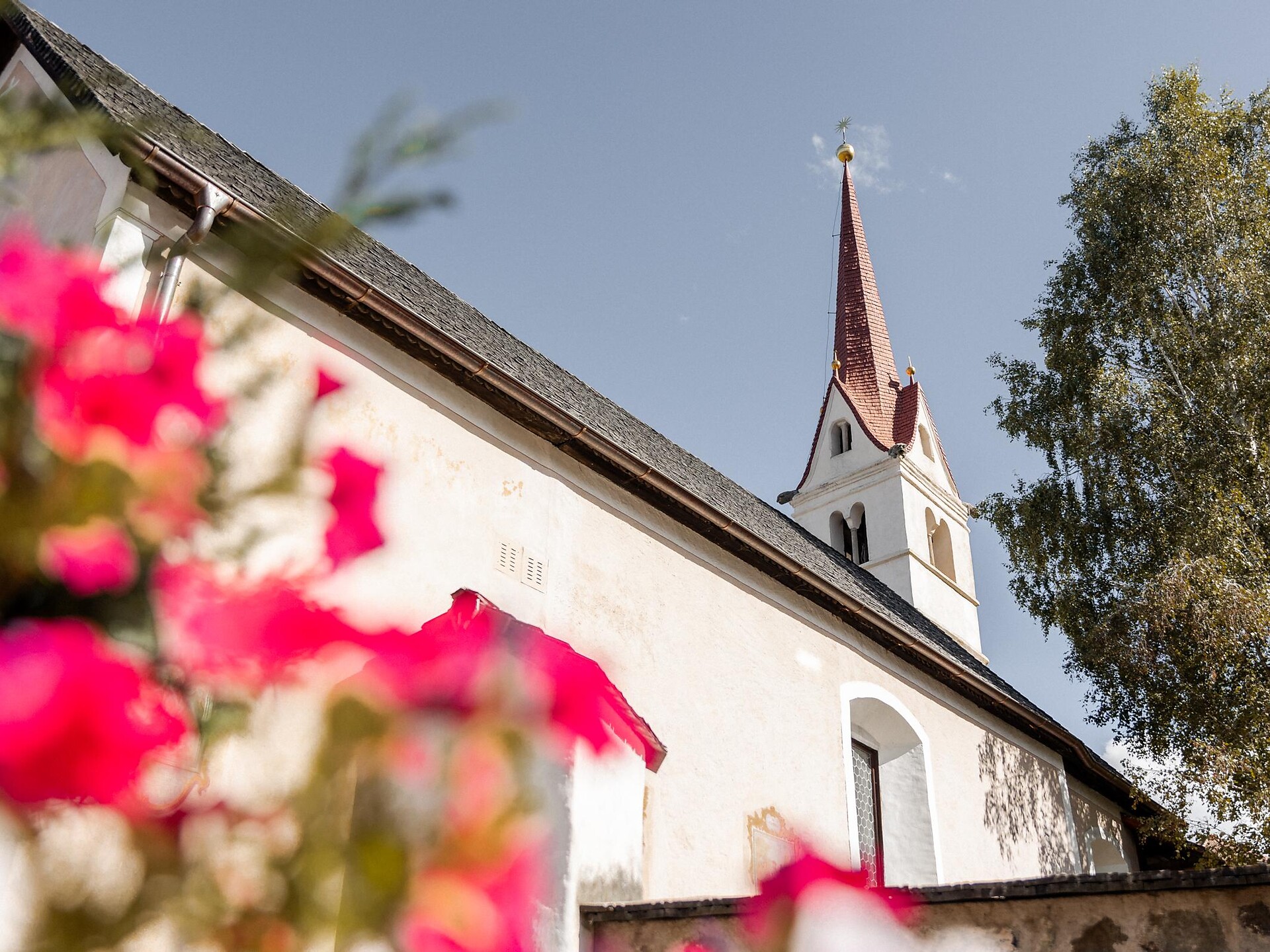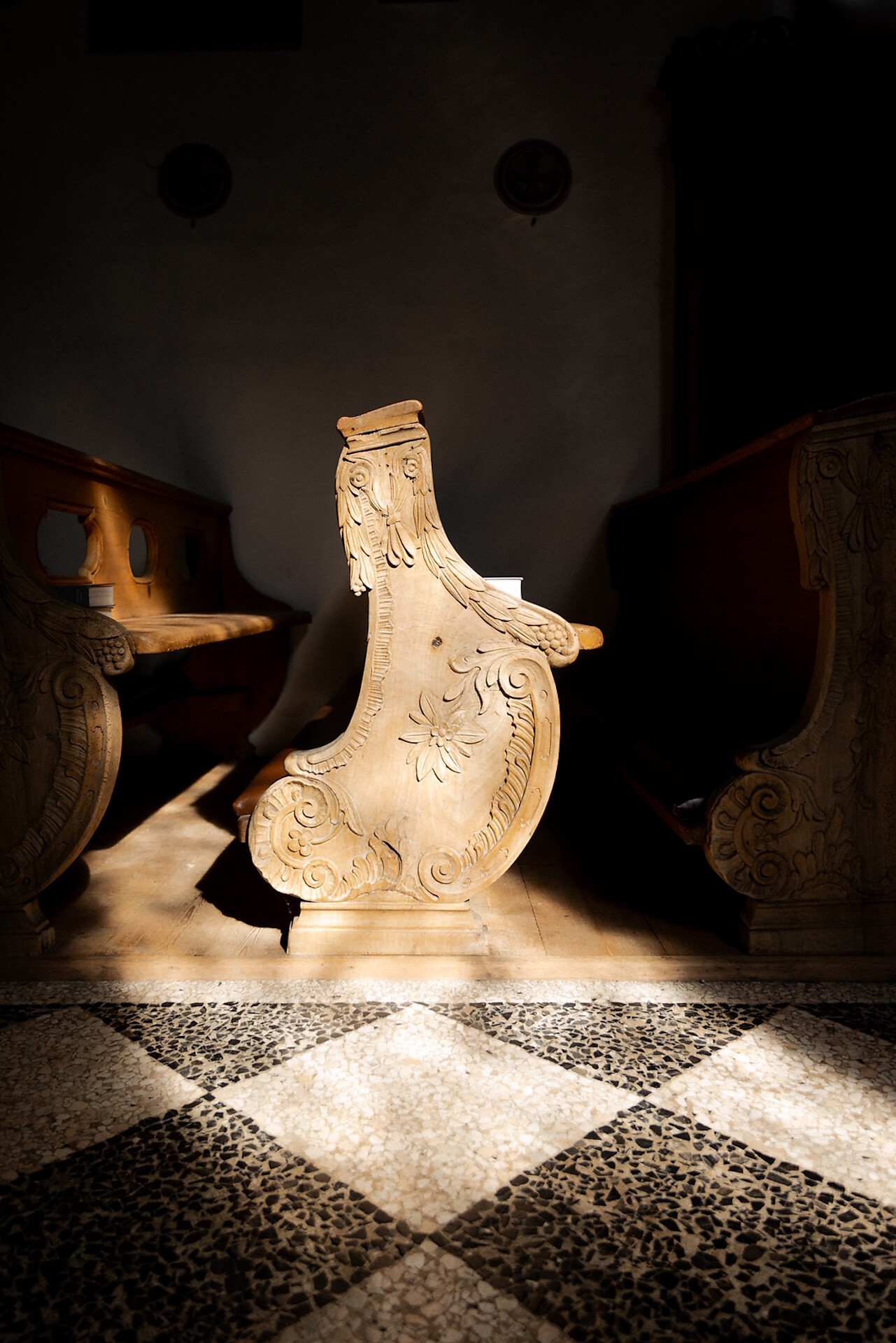The valley station of the Seis-Seiser Alm Aerial Cableway is located at the entrance to the village of Seis and is the starting point for accessing the high plateau of the Seiser Alm. In the past decade, it had increasingly developed into an important hub for tourism in the Schlern region, whereby however, its structures increasingly failed to meet the requirements and expectations of guests.
Against this background in 2014 the Seis-Seiser Alm Aerial Cableway AG cable car decided to expand the valley station with its separate station and service buildings both architecturally and functionally into a modern transport hub that reflected the high status of the location and at the same time responded appropriately to the wishes of an increasingly demanding clientele.
The primary goal of the design was to merge the station building with the service building into a common, attractive building complex that incorporated all the necessary, completely redesigned functional areas, while giving the new volume a modern and independent character. At the same time, a sophisticated mobility concept was to ensure smooth traffic flow within the newly structured ensemble. Due to the seasonal operation of the lift, it had proven necessary to divide the upcoming, extensive construction work into two construction lots.
In the course of the first construction phase, an attractive, multi-faceted shopping gallery was built on the ground floor level under the bus terminal south of the valley station, for two sporting goods shops with ski rental, a delicat shop for local products, a snack bar, as well as spacious ski depot. Furthermore, the old service building with restaurant, sports shops, ski schools and administration, which was organised on three levels (basement, ground floor, first floor), was completely demolished and replaced by a modern new building. This now houses - in the basement on the gallery level - the restaurant operations. Above this, a newly designed sports boutique extends over two floors (ground floor + first floor). The new service building accommodates the ski schools on the ground floor and the Aerial Cableway administration on the upper floor. Also during the first construction phase, the north and east facades of the neighbouring station building were renovated. This made it possible to unify the overall façade appearance throughout. The garage for the gondolas in the basement remained unchanged. During the second construction phase in 2016, the reconstruction and expansion of the existing ticket office took place on the ground floor level of the station building. This construction work was completed at the beginning of the summer season. The mobility concept ensures that the Aerial Cableway, the bus terminal and the gallery are just as easily accessible as the parking spaces, the parking garage or the new delivery point of the service building. For this purpose, the shops and service facilities in the basement were connected to the ground floor by a generous spiral ramp. Generous staircases and an efficient lift system complete the access system. The new facade design of the valley station in Seis am Schlern gives the impressive building complex an unmistakable monolithic character. The dominant structure, which is now combined into a single visual unit, has a total cubic volume of around 33,000 m³ and comprises three storey levels, with the basement largely underground due to the hillside. Towards the west, the building cantilevers eight metres over the street-side slope with the panorama terrace inserted into the façade in the basement. The circumferential and height-varying transparent window strips interrupt the building, which is clad in colour-coated aluminium panels.



















